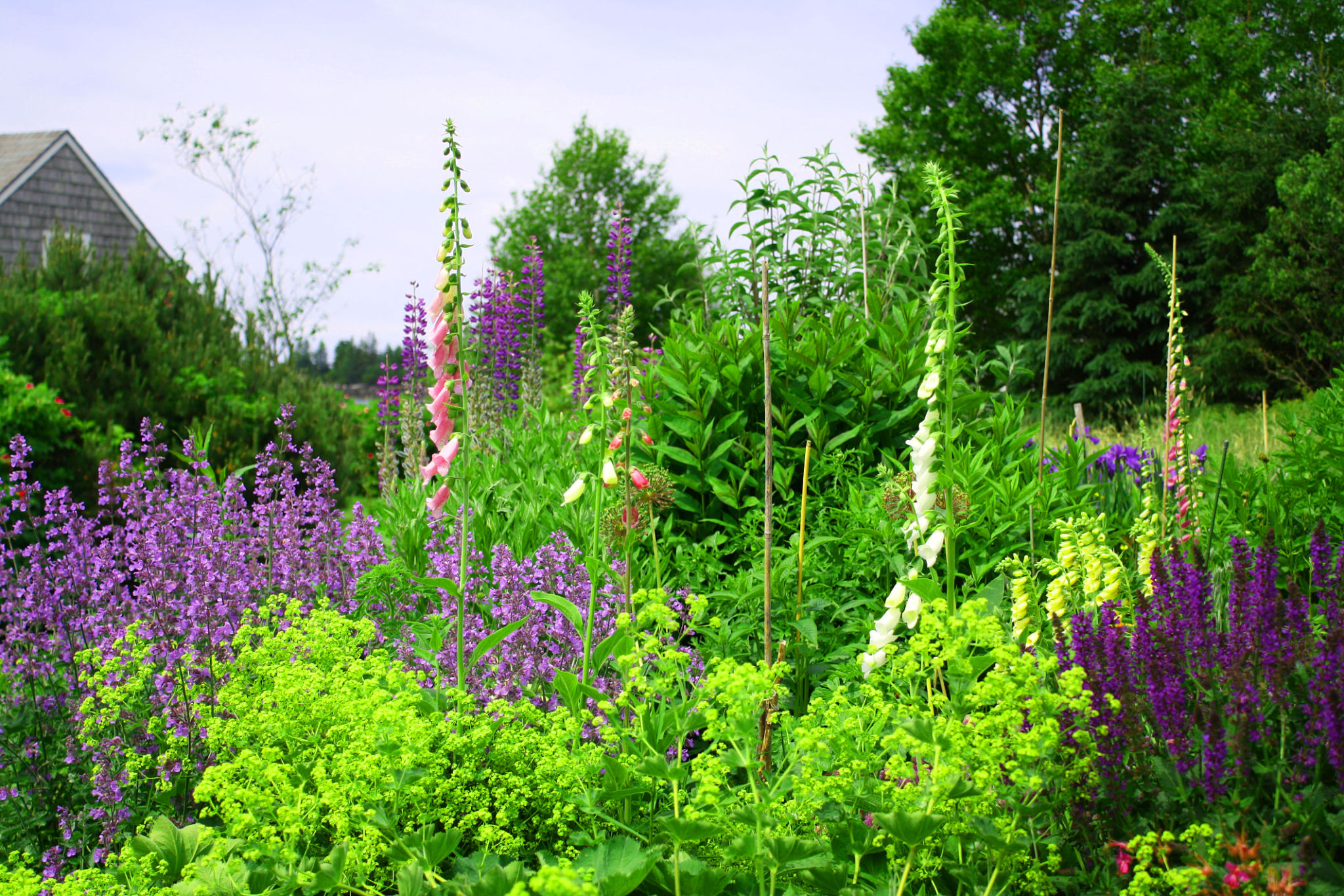Eco-Friendly Landscaping: How to Create a Sustainable Garden
Understanding Eco-Friendly Landscaping
Eco-friendly landscaping is more than just a trend; it's a sustainable approach to gardening that benefits both the environment and your pocket. By creating a sustainable garden, you contribute to biodiversity, reduce pollution, and conserve natural resources. The goal is to create a landscape that is in harmony with the local ecosystem while meeting your aesthetic and functional needs.
Adopting eco-friendly practices can significantly reduce water consumption, decrease maintenance time, and lower the use of harmful chemicals. This not only helps the planet but also creates a healthier outdoor space for you and your family. Let's explore how you can transform your garden into an eco-friendly haven.

Choose Native Plants
A crucial step in sustainable gardening is selecting native plants. These plants are well-adapted to the local climate and soil conditions, requiring less water and maintenance. Native plants are more resistant to pests and diseases, reducing the need for chemical treatments. By choosing local flora, you support local wildlife, providing food and habitat for birds, bees, and other beneficial insects.
To find suitable native plants for your garden, consult regional gardening guides or visit local nurseries. These resources can provide valuable insights into which plants will thrive in your specific area, ensuring a lush and sustainable landscape.
Implement Water-Wise Practices
Water conservation is a key component of eco-friendly landscaping. Consider installing a rainwater harvesting system to collect water for your garden. This reduces reliance on municipal water supplies and helps lower your water bills. Additionally, implement drip irrigation systems, which deliver water directly to the plant's roots, minimizing evaporation and runoff.

Another effective strategy is to mulch your garden beds. A layer of organic mulch helps retain soil moisture, suppress weeds, and improve soil health as it decomposes. This simple practice can greatly enhance the sustainability of your garden.
Promote Soil Health
Healthy soil is the foundation of a thriving garden. Focus on building rich, organic soils by incorporating compost and other natural amendments. Composting kitchen scraps and yard waste not only reduces landfill waste but also provides nutrient-rich material for your garden.
Practices such as crop rotation and cover cropping can further enhance soil fertility. These techniques prevent nutrient depletion and help control pests naturally, reducing the need for chemical fertilizers and pesticides.

Encourage Biodiversity
Creating a diverse garden ecosystem encourages beneficial insects and wildlife that contribute to pest control and pollination. Plant a variety of species with different bloom times to provide continuous food sources throughout the year. Incorporate a mix of trees, shrubs, perennials, and annuals to create layers of habitat.
Installing birdhouses, bat boxes, or bee hotels can also attract helpful creatures to your garden. By encouraging biodiversity, you create a balanced ecosystem that naturally minimizes pest issues and enhances plant health.
Reduce Lawn Size
Traditional lawns require significant resources to maintain, including water, fertilizers, and regular mowing. Consider reducing the size of your lawn or replacing it entirely with ground covers, perennial beds, or native grasses that require less maintenance.

If you choose to keep some lawn areas, practice sustainable lawn care by mowing high, leaving grass clippings on the lawn as natural fertilizer, and using organic lawn treatments.
Embrace Renewable Materials
When designing eco-friendly landscapes, consider using renewable materials like bamboo or recycled composite for decking, fencing, or garden structures. These materials have a lower environmental impact compared to traditional options like plastic or treated wood.
Additionally, repurpose materials whenever possible. Old bricks, stones, or reclaimed wood can be used creatively in garden paths or structures, adding character while promoting sustainability.
